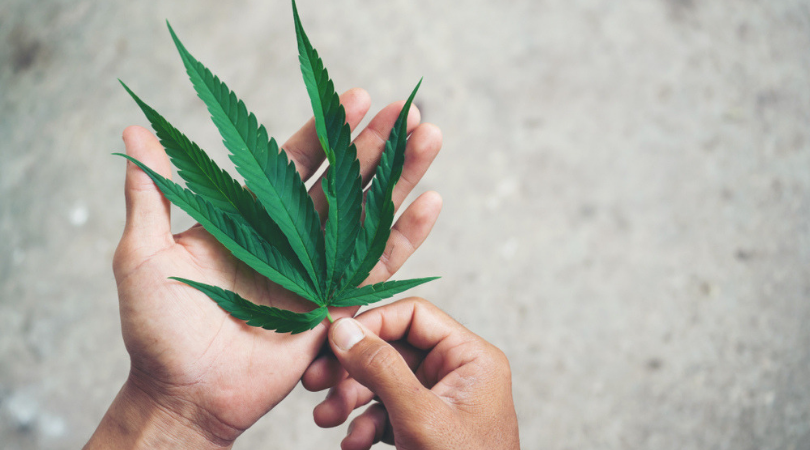

An extract is a certain concentrate that people make with the aid of a solvent.

But there’s an array of differences between them. Some Canadians incorrectly assume that extracts are the same products as concentrates. This is why these marijuana concentrates have been growing in popularity throughout Canada for the past several months rapidly. And, these concentrates are more potent than those extracted from its flower. Simply put, these concentrates are filled with all the delicious stuff that people love about marijuana. Also known as concentrates, these gather and eventually isolate various compounds coming from trichomes. Trichomes produce and store a marijuana plant’s terpenes and cannabinoids. These are known as glandular hairs or trichomes. These often give the plant a sticky appearance, like liquid sheen covers it. Where Do Concentrates Come From?īy simply looking at marijuana plants, you’ll notice fine, tiny hairs covering its leaves. This can let you experience its effects without having to first heat it. Sometimes, concentrates that come with active cannabinoids are further distilled and gradually infused into products like topical creams, tinctures, and edibles. For example, non-psychoactive types of marijuana concentrate need to be heated up for you to be able to experience its effects. Also, lots of marijuana concentrates come in many forms. These naturally occurring compounds are isolated from the marijuana plant after its buds and leaves are harvested and dried. These marijuana concentrates contain other organic compounds that interact with the human CNS (central nervous system), such as terpenes and cannabinoids. Plus, keep in mind the average strain of marijuana usually contains no more than 20% THC.

That’s at least four times stronger than Canada’s top-quality weed strains this 2022. This starts from 40 to 80% THC, to put that in perspective. These concentrates usually contain high levels of THC. This is, of course, where it gets its nickname “budder” or “honey oil.” This also goes by names like “wax,” “710” (“oil” flipped and spelled in reverse), “ear wax,” “budder,” “butane is hash oil,” “honey oil,” “butane honey oil,” “dabs,” “shatter,” “errl” and “black glass.” It’s a type of THC (tetrahydrocannabinol) concentrated mass, which is highly potent and has the same physical appearance as butter or honey. In this context, we’re talking about marijuana concentrates. This also resulted in higher quality CBD and THC products. They’ve rapidly grown in popularity all around the country for the past few years, thanks to the Canadian government’s decriminalization, regulation and legalization of cannabis-derived and infused products for medical, therapeutic, educational research, commercial and recreational use. Marijuana concentrates have come a long way since they were first used. Nevertheless, our objective here is to instantly provide you with salient answers to questions like live resin, rosin, shatter, distillates, live rosin batter, live rosin worth it, and other exciting things. We also prepared simple-to-follow, quick-to-understand discussions about other concentrates, so we started calling this our live resin vs rosin vs shatter guide. This live resin vs rosin vs distillate guide is designed to illustrate the differences, similarities and uses of these marijuana concentrates.


 0 kommentar(er)
0 kommentar(er)
